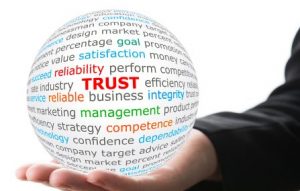
The Power of Respectful Leadership
We’ve all spent time with lousy listeners who treat conversations as opportunities to broadcast their status or ideas. They spend more time formulating their next

We’ve all spent time with lousy listeners who treat conversations as opportunities to broadcast their status or ideas. They spend more time formulating their next

Understanding how you think and how you solve-problems is essential for leaders. When you consider successful organizations—though they are measured by what they produce—they function

Is your leadership vision worth following? A lack of realism in the vision today costs credibility tomorrow. ~ John C. Maxwell As a leader, it’s

I’ve been writing about leading beyond your authority. Ultimately, your success depends on knowing how to influence and inspire others. According to Clay Scroggins, author

Are you effectively leading beyond your authority? People find it easier to follow the ideas of someone they like, respect and trust, suggests Erica Hersh

I’ve been exploring what it takes for leaders to become more authentic leaders. According to author Karissa Thacker in The Art of Authenticity (Wiley, 2016),

I’ve been exploring what it takes for leaders to develop into more authentic leaders. Author Karissa Thacker in The Art of Authenticity (Wiley, 2016) suggests

Are you really the authentic leader your people want you to be? Many leaders are unaware of how their lack of authenticity chips away at

An organization’s health is only as sound as its leader’s decisions. Some companies prosper from wise leadership directions, while others struggle after flawed choices—choices that

How a leader responds to adversity reveals how effective that leader truly is. Reactions to setbacks or crises not only test leadership character but define

Business is an active, demanding endeavor. Only those who consistently apply themselves succeed. Organizations that thrive require leaders who actively dream, plan, engage, solve, pursue,

Surveys and studies indicate global job dissatisfaction is at a two-decade high. Disengaged employees account for nearly 70 percent of the workforce, which significantly affects







